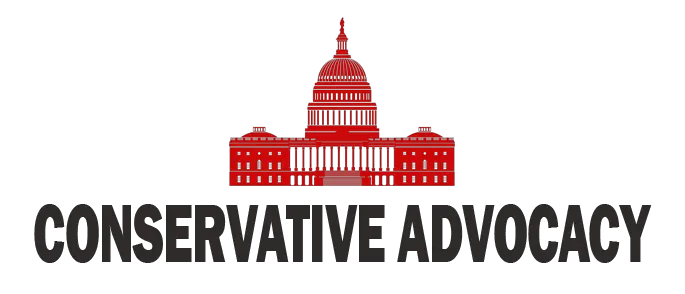The recent string of aviation disasters across the United States has left the public deeply unsettled, raising serious concerns about the state of flight safety and regulatory oversight. From the catastrophic mid-air collision over the Potomac River to the fiery crash of a medevac jet in Philadelphia, these incidents have highlighted vulnerabilities in both commercial and private aviation. With five crashes in just one month, including two fatalities in Arizona this week, Americans are questioning whether systemic issues within the aviation sector are being adequately addressed.
The January 29 collision near Washington, D.C., which claimed 67 lives, stands out as a stark reminder of the dangers posed by miscommunication and operational lapses. Preliminary investigations revealed that a U.S. Army Black Hawk helicopter and an American Airlines regional jet were operating in close proximity under unclear instructions from air traffic control. This tragedy, occurring in one of the most heavily monitored airspaces in the world, underscores the need for rigorous oversight and coordination between military and civilian aviation operations. The National Transportation Safety Board (NTSB) is investigating several factors, including potential equipment malfunctions and communication breakdowns.
Compounding these tragedies is a growing debate over whether recent policy shifts are contributing to aviation risks. Critics have pointed to diversity, equity, and inclusion (DEI) initiatives within agencies like the Federal Aviation Administration (FAA), arguing that prioritizing demographic quotas over merit-based hiring could compromise safety standards. President Donald Trump has been vocal on this issue, attributing some of these incidents to what he describes as “political correctness” infiltrating critical sectors. While his comments have sparked controversy, they resonate with those who believe that aviation roles should be filled solely based on skill and qualifications.
The FAA and NTSB have faced scrutiny not only for their handling of these incidents but also for broader operational challenges. A hiring freeze implemented earlier this year led to confusion over staffing levels for air traffic controllers, while hundreds of probationary FAA employees were recently terminated. These actions have raised questions about whether resource constraints are exacerbating risks in an already strained system. Meanwhile, efforts to modernize air traffic control infrastructure are underway but may take years to yield results.
As investigations continue into these recent crashes, it is clear that restoring public confidence will require more than just rhetoric. Conservatives argue that a return to merit-based hiring practices and a renewed focus on operational excellence are essential to safeguarding America’s skies. The aviation industry must prioritize safety above all else, ensuring that every pilot, controller, and technician meets the highest standards of competence. For now, the flying public waits anxiously for answers—and for meaningful reforms that address the root causes of this troubling trend.




